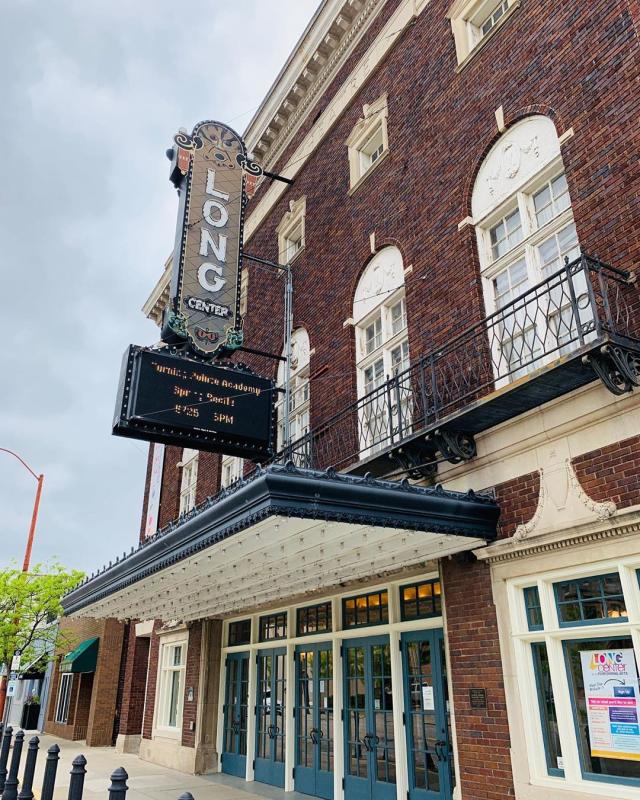When the Mars Theater opened in April of 1921, the local paper claimed that it was “Among the handsomest and most impressive of the buildings dedicated to the drama.” It was of “fireproof” construction with a stage large enough to carry major productions and extensive scenery changes, while offering the best plays and vaudeville seen anywhere. The theater was designed with 15 dressing rooms, a $15,000 Wurlitzer organ, and would seat an audience of 2,000. There was thickly padded carpet so that late arrivals could take their seats without disturbing others. A glass “wind shield” was installed to keep out the noise and wind from the street. A Comfort Room, Ladies Parlour, and Gentlemen’s Smoking Room were available along with a lounge on the mezzanine that created “the ideal place to meet friends for a theater party.” A massive canopy at the entrance with a huge electric sign and a total of 1,800 lights illuminated the theater.

Walter Scholer, a local architect who also designed many of the public buildings in the area and some buildings on Purdue University’s campus, designed the theater. Shifts of 100 workmen worked all day and four hours per night to have the building ready for the opening performance of Ed Wynn and the Wynn Musical Carnival Company. The Company arrived in town by special train with three cars just for the scenery, costumes, and props. According to the newspaper reports the next day, patrons at the opening dressed in formal wear and were “stunned” by the “magnificent interior.”
After the theater opened in 192l, it featured vaudeville with movies and newsreels at about a 50-50 split. As the popularity of vaudeville waned, it became strictly a movie theater. By the late 1960s-70s, large movie theaters such as the Mars were having trouble surviving and it was frequently closed or opened just for special, limited engagements. The Mars Theater was donated to the City of Lafayette in 1978 in honor of Dennis Long, president of the Luna Amusement Company. Since that time it has served as the home for the Lafayette Symphony, The Long Theatre Organ Society, and the Lafayette Ballet Company. It has provided a stage for a large number of community events, helped to celebrate holidays, and establish new traditions. At the turn of the century, patrons were again “stunned” by the restoration of “the magnificent interior.”
St. Johns Pavilion, the building to the north of the original space of the Long Center, has been acquired to provide an expanded lobby and refreshment area. The old Camera Craftsman buildings to the south of the center are now owned by the Long Center through a gift from the estate of Jan Andre Bootsma. The building is now renamed the Jan Andre Bootsma Building and plans are set to create offices, rehearsal space, music and instrument space, an elevator attached to the Long Center, and hopefully a space for receptions.
In addition, the Long Center Organ Society (separate from the Long Center for the Performing Arts) has raised funds and repaired the Wurlitzer organ and has had many successful concerts.
